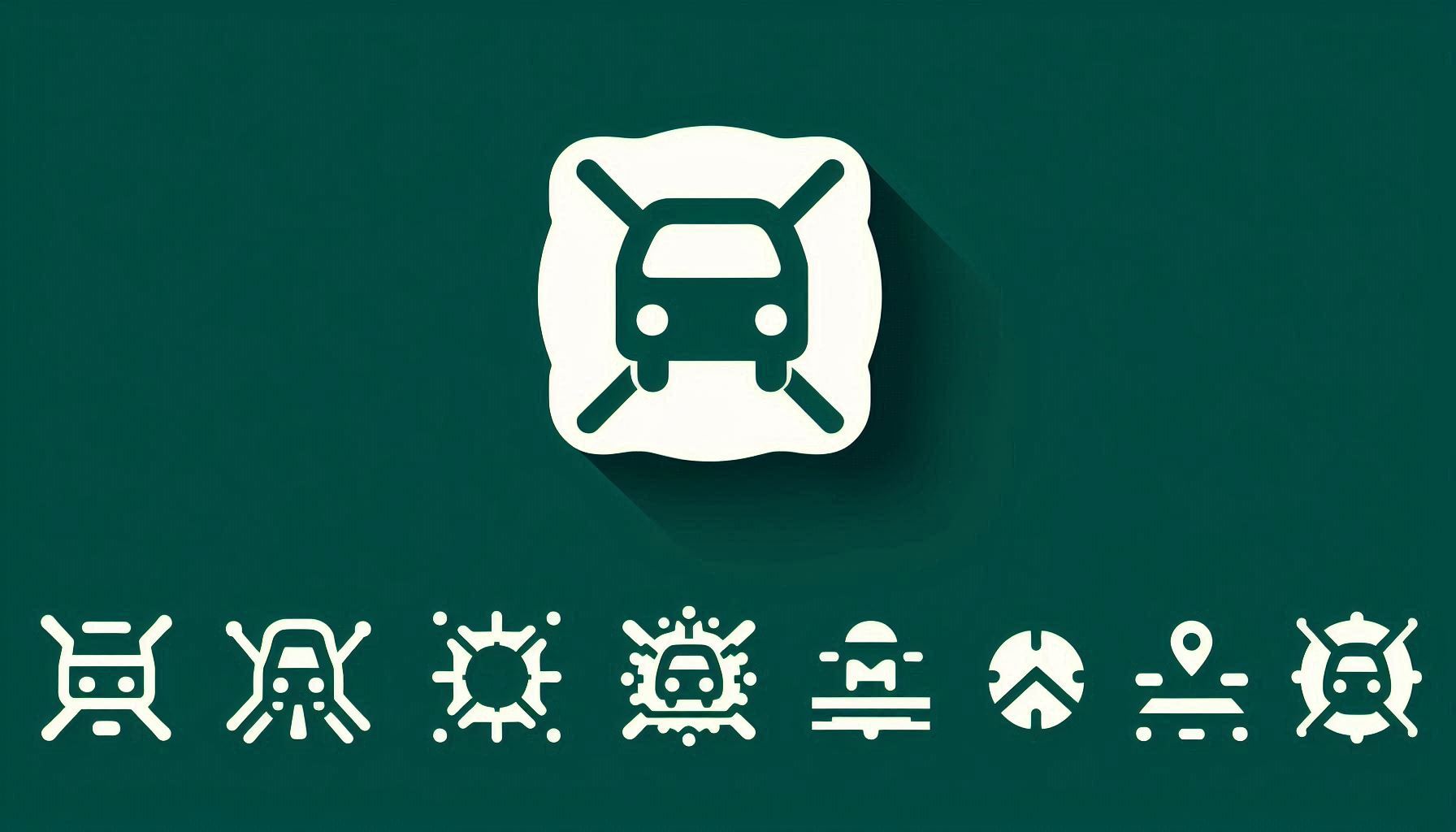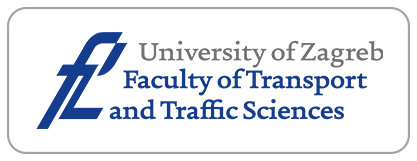Extended Traffic Crash Modelling through Precision and Response Time Using Fuzzy Clustering Algorithms Compared with Multi-layer Perceptron

Downloads
Downloads
Donnell, E.T., Mason Jr. J.M. Predicting the frequency of median barrier crashes on Pennsylvania Interstate Highways. accident Analysis & Prevention 2006;38 (3):590–599.
Lord, D. Methodology for estimating the variance and confidence intervals of the estimate of the product of baseline models and AMFs. Accident Analysis & Prevention 2008;40 (3):1013–1017.
Mussone, L., Ferrari, A. and Oneta, M. An analysis of urban collisions using an artificial intelligence model. Accident Analysis and Prevention, 1999;31 (6):705–718.
Zhang, J., Lindsay, J., Clarke, K., Robbins, G. and Mao, Y. Factors affecting the severity of motor vehicle traffic crashes involving elderly drivers in Ontario. Accident Anal. Prev. 2000;32 (1):117–125.
Valent, F., Schiava, F., Savonitto, C., Gallo, T., Brusaferro, S. and Barbone, F. Risk factors for fatal road accidents in Udine, Italy. Accident Analysis and Prevention 2002;34 (1):71–84.
Yin, H., Wong, S.C., Xu, J. and Wong, C.K. Urban traffic flow prediction using fuzzy-neural network, Transportation Research Part C 2002;10 (2):85–98.
Zhong, M., Lingras, P., Sharma, S. Estimation of missing traffic counts using factor, genetic, neural and regression techniques. Transportation Research Part C 2004;12 (2):139–166.
Tong, H.Y. and Hung, W.T. Neural network modelling of vehicle discharge headway at signalized intersection: model descriptions and the results, Transportation Research Part A 2002;36 (1):17–40.
Jin, X., Cheu, R.L. and Dipti, S. Development and adaptation of constructive probabilistic neural network
in freeway incident detection. Transportation Research Part C 2002;10 (2):121–147.
Yuan, F. and Cheu, R.L. Incident detection using support vector machines, Transportation Research Part C 2003;11 (3-4):309–328.
Subba Rao, P.V., Sikdar, P.K. and Krishna Rao, K.V. Another insight into artificial neural networks through behavioral analysis of access mode choice, Computers, Environment and Urban Systems 1998;22 (5):485–496.
Hensher, D.A. and Ton, T.T. A comparison of the predictive potential of artificial neural networks and nested logit models for commuter mode choice. Transportation Research Part E 2000;36 (3):155–172.
Vythoulkas, P.C. and Koutsopoulos, H.N. Modelling discrete choice behavior using concepts from fuzzy set theory, approximate reasoning and neural networks, Transportation Research Part C 2003;11 (1):51–73.
Mussone, L., Rinelli, S., Reitani, G. Estimating the accident probability of a vehicular flow by means of an artificial neural network. Environment and Planning B: Planning and Design, 1996;23(6):667–675.
Sohn, S. and Lee, S. Data fusion, ensemble and clustering to improve the classification accuracy for the severity of road traffic accident in Korea, Safety Science 2003;41(1):1–14.
Abdel-Aty, M., Pande, A.. Identifying crash propensity using traffic speed conditions. Journal of Safety Research 2005;36 (1): 97–108.
Abdelwahab, H.T., Abdel-Aty, M.A.. Development of artificial neural network models to predict driver injury severity in traffic accidents at signalizes intersection. Transportation Research Record 1746, Paper No. 01- 2234, 2001;6–13.
Kunt, M.M., Aghayan, I. and Noii, N. Prediction the traffic accident severity: comparing the artificial neural network, genetic algorithm, combined genetic algorithm and pattern search methods. Transport 2011; 26(4): 353-366.
Zadeh, L. Fuzzy sets. Information and Control 1965;8:338-353.
Akiyama, T., Sho, C. F. Fuzzy mathematical programming for traffic safety planning on an urban expressway. Transportation Planning and Technology 1993;17:179-190.
Hadji Hosseinlou, M. and Aghayan, I. Prediction of traffic accident severity based on fuzzy logic, 8th International Congress on Civil Engineering, Shiraz, Iran. 2009;65p.
Kamijo, S., Matsushita, Y., Ikeuchi, K., Sakauchi, M. Traffic monitoring and accident detection at intersections. IEEE Transactions on Intelligent Transportation Systems 2000;1 (2):108–118.
Mussa, R.N. and Upchurch, J.E. Simulator evaluation of incident detection by transponder-equipped vehicles. Transportation, 2002;29 (3):287–305.
Lanser, S.H. and Hoogendoorn, S. A fuzzy genetic approach to travel choice behavior in public transport networks. CD-ROM Proc., Transportation Research Board 79th Annual Meeting, TRB, Washington, DC. 2000.
Niitymaki, J. General fuzzy rule base for isolated traffic signal control: rule formulation. Transporation Planning and Technology, 2001;24 (3):237–247.
Ishak, S.S. and Al-Deek, H.M. Fuzzy art neural network model for automated detection of freeway incidents. 1998;Transportation Research Record 1634:56–63.
Ruspini, E. H. A new approach to clustering, Information and Control, 1969;15(1):22-32.
Dunn, J.C. A fuzzy relative of the ISODATA process and its use in detecting compact, well-separated clusters. J. Cybernet, 1974;3:32–57.
Bezdek, J. Pattern Recognition with Fuzzy Objective Function Algorithms, New York: Plenum Press;1981.
Sugeno M. and Yasukawa T. A fuzzy-logic-based approach to qualitative modelling. IEEE Trans Fuzzy Syst 1993;1:7–31.
Chen JQ, Xi YG, Zhang Z.J., A clustering algorithm for fuzzy model identification. Fuzzy Sets Syst 1998;98:319–29.
Wang, X., Wang, Y. and Wang, L. Improving fuzzy Cmeans clustering based on feature-weight learning. Pattern Recognition Letters 2004;25:1123–1132.
Frigui, H. and Nasraoui, O. Unsupervised learning of prototypes and attribute weights. Pattern Recognition, 2004;37:567–581.
Chiu, S.L. Fuzzy model identification based on cluster estimation. Journal of Intelligent & Fuzzy System, 1994;2 (3).
Yager, R.R. and Filev, D.P. Approximate clustering via the mountain method. IEEE Trans. Systems, Man, Cybernet. 1994;24 (8):1279–1284.
Hayajneh M. and Hassan A. Modelling the machinability of self-lubricated aluminium/alumina/graphite hybrid composites synthesized by the powder metallurgy method using a fuzzy subtractive clustering-based system identification method. International Journal of Machining and Machinability of Materials 2008;3(3-4): 252–271.
MacQueen, J.B. Some methods for classification and analysis of multivariate observations. Proceedings of Fifth Berkeley Symposium on Mathematical Statistics and Probability, 1967;(1):281–297, Berkeley: University of California Press.
Fukunaga, K. Introduction to Statistical Pattern Recognition. San Diego: Academic Press. 1990.
Pena, J.M., Lozano, J.A., Larranaga, P. An empirical comparison of four initialization methods for the K-means algorithm. Pattern Recognition Letters, 1999;20:1027–1040.
Khan, S. and Ahmad, A. Cluster centre initialization algorithm for K-means clustering. Pattern Recognition Letters 2004;25 (11):1293–1302.
Redmond, S.J. and Heneghan, C. A method for initializing the K-means clustering algorithm using kd-trees. Pattern Recognition Letters 2007;28:965–973.
Sneath, P.H. and Sokal, R.R. Numerical Taxonomy. London, UK:Freeman;1973.
King, B. Step-wise clustering procedures. Journal of the American Statistical Association, 1967;69:86–101.
Guha, S., Rastogi, R. and Shim, K. CURE: An efficient clustering algorithm for large databases. In Proc. of 1998 ACM-SIGMOD Int. Conf. on Management of Data, 1998;73–84.
Guha, S., Rastogi, R. and Shim, K. ROCK: A robust clustering algorithm for categorical attributes. In Proc. of the 15th Int’l Conf. on Data Eng., 1999;512–521.
Karypis, G., Han, E.H., and Kumar, V. Chameleon: A hierarchical clustering algorithm using dynamic modelling. IEEE Computer, 1999;32(8):68–75.
Wang, X.-Y., Garibaldi, J. M., Bird, B. and George, M. W. Novel Developments in Fuzzy Clustering for the Classification of Cancerous Cells Using FTIR Spectroscopy. In: Valente de Oliveira, J. and Pedrycz, W., editors. Advances in Fuzzy Clustering and its Applications, John Wiley & Sons, Ltd, Chichester, UK. 2007
Hammouda, K. and Fakhreddine, K. A Comparative study of data clustering techniques, SYDE 625: Tools of Intelligent Systems Design. Course Project. University of Waterloo, Ontario, Canada. 2002.




















